
Malus domestica (Apple, Apples) North Carolina Extension Gardener Plant Toolbox
Malus coronaria, multistemmed and widely spreading at the Arnold Arboretum (May 2018). Image William (Ned) Friedman / Arnold Arboretum. Small tree or shrub, 2.5-7.5 (-10) m, with thorn-like spurs. Bark red-brown to grey, fissured and scaly with age. Branchlets brown to reddish, with hairy at first, sometimes conspicuously so.

Malus domestica (Apple, Apples) North Carolina Extension Gardener Plant Toolbox
1 Introduction 1.1 Background and Terms of Reference as provided by European Commission 1.1.1 Background. The new Plant Health Regulation (EU) 2016/2031 1, on the protective measures against pests of plants, has been applied from December 2019.Provisions within the above Regulation are in place for the listing of 'high risk plants, plant products and other objects' (Article 42) on the.
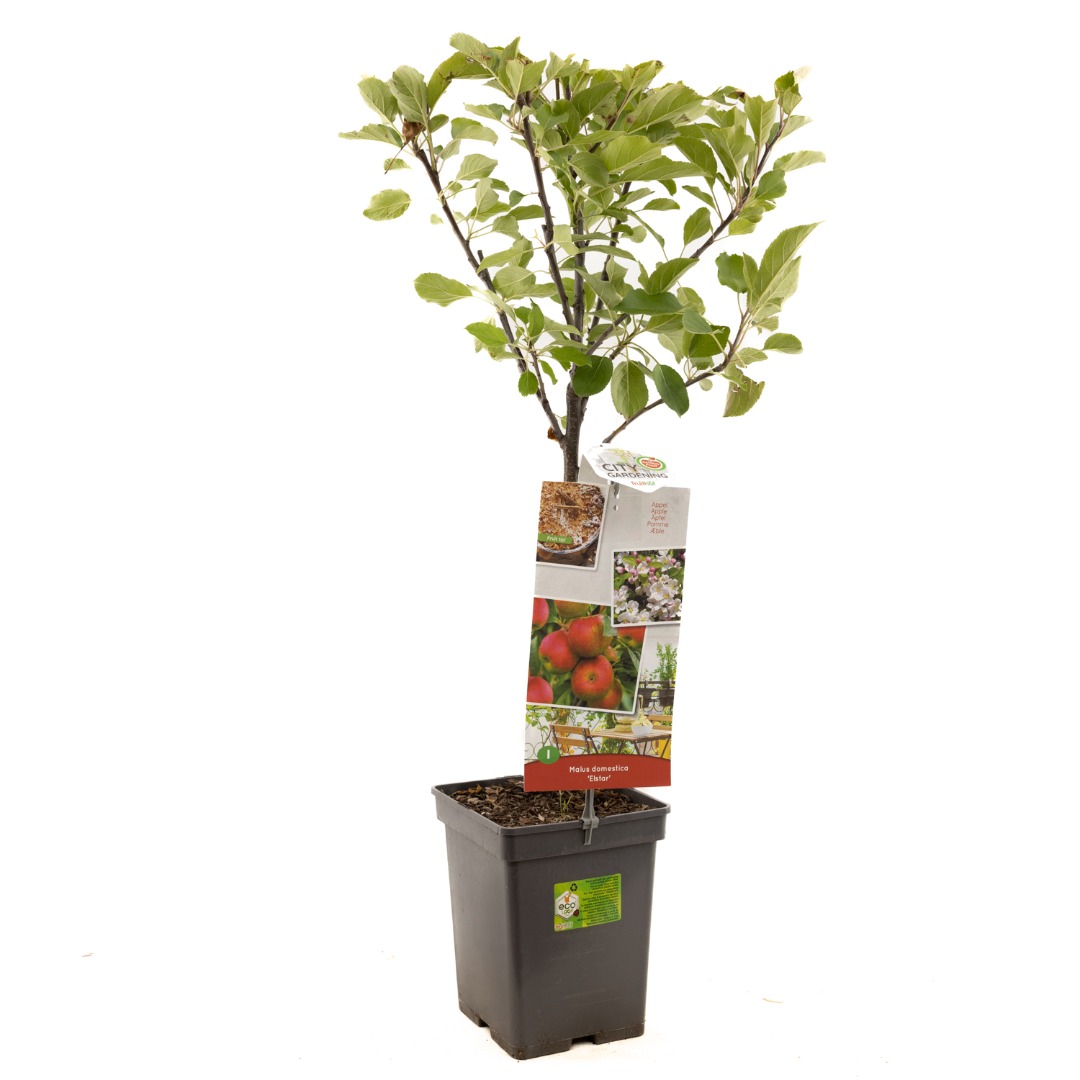
Malus domestica Elstar patio rode herfstappel Ø 18 cm Patiobomen Fruitbomen en planten
24th August. 2:00pm til 10:30pm. Minimum Age: 14. For ticket prices, please click here (Additional fees may apply) Escape Records x Soundcrash present Becky Hill at Alexandra Head at Cardiff Bay.

Zuilappelboom Malus domestica 'Greencats' De Tuin Adviseur
Ordering Birth, Marriage and Death certificates (England & Wales) Volunteers at FreeBMD transcribe the General Register Office (GRO) index which enables you to search for individual birth, marriage and death records; this is entirely free.The information (Volume and Page Number) obtained from the search result can then be used to request a certificate.
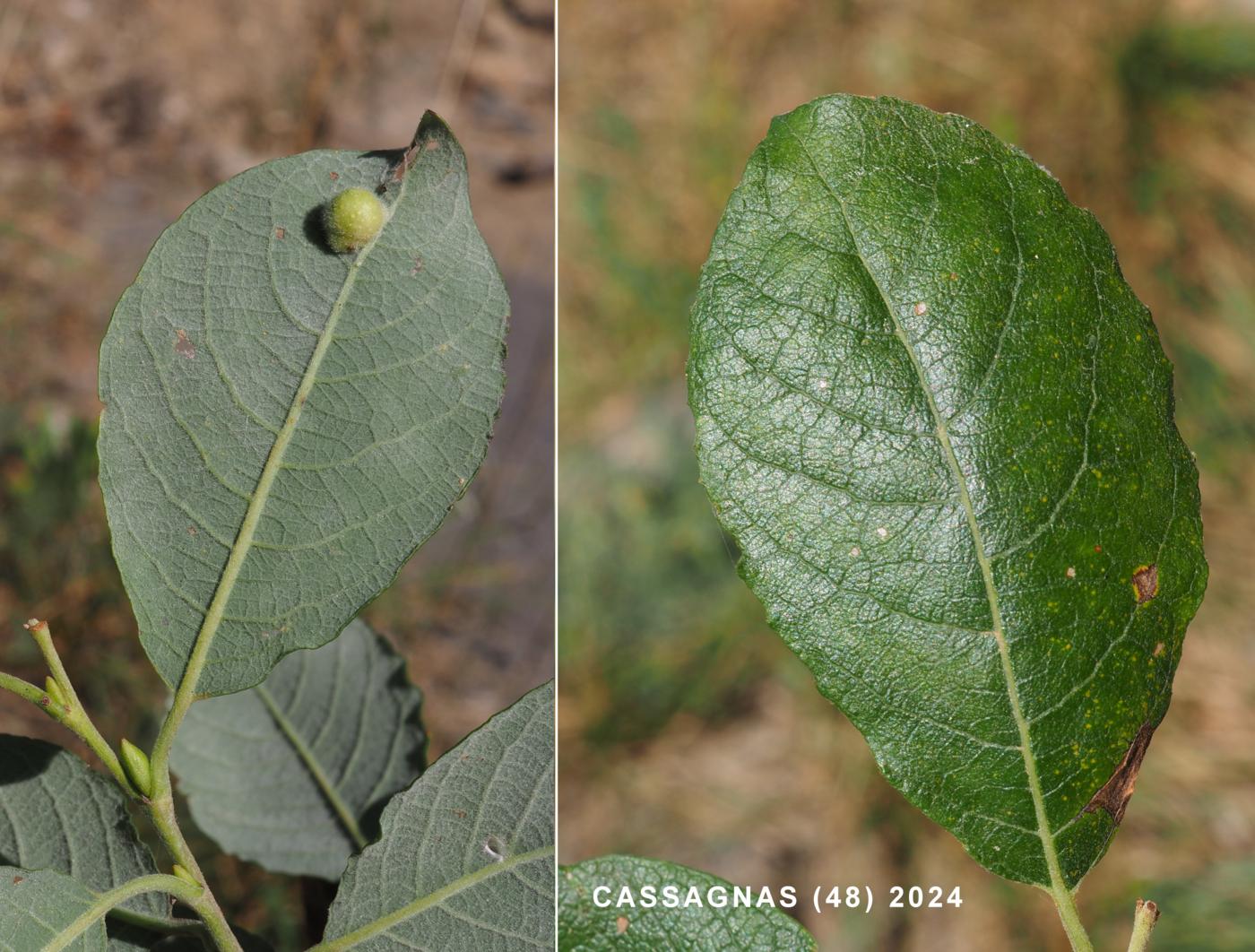
Malus domestica NATURESCENE
Malus domestica. First published in Theor. Prakt. Handb. Forstbot. 2: 1272 (1803), nom. cons. This species is accepted. The native range of this species is Afghanistan to Central Asia and Xinjiang. It is a tree and grows primarily in the temperate biome. It is used to treat unspecified medicinal disorders, as a poison and a medicine, has.
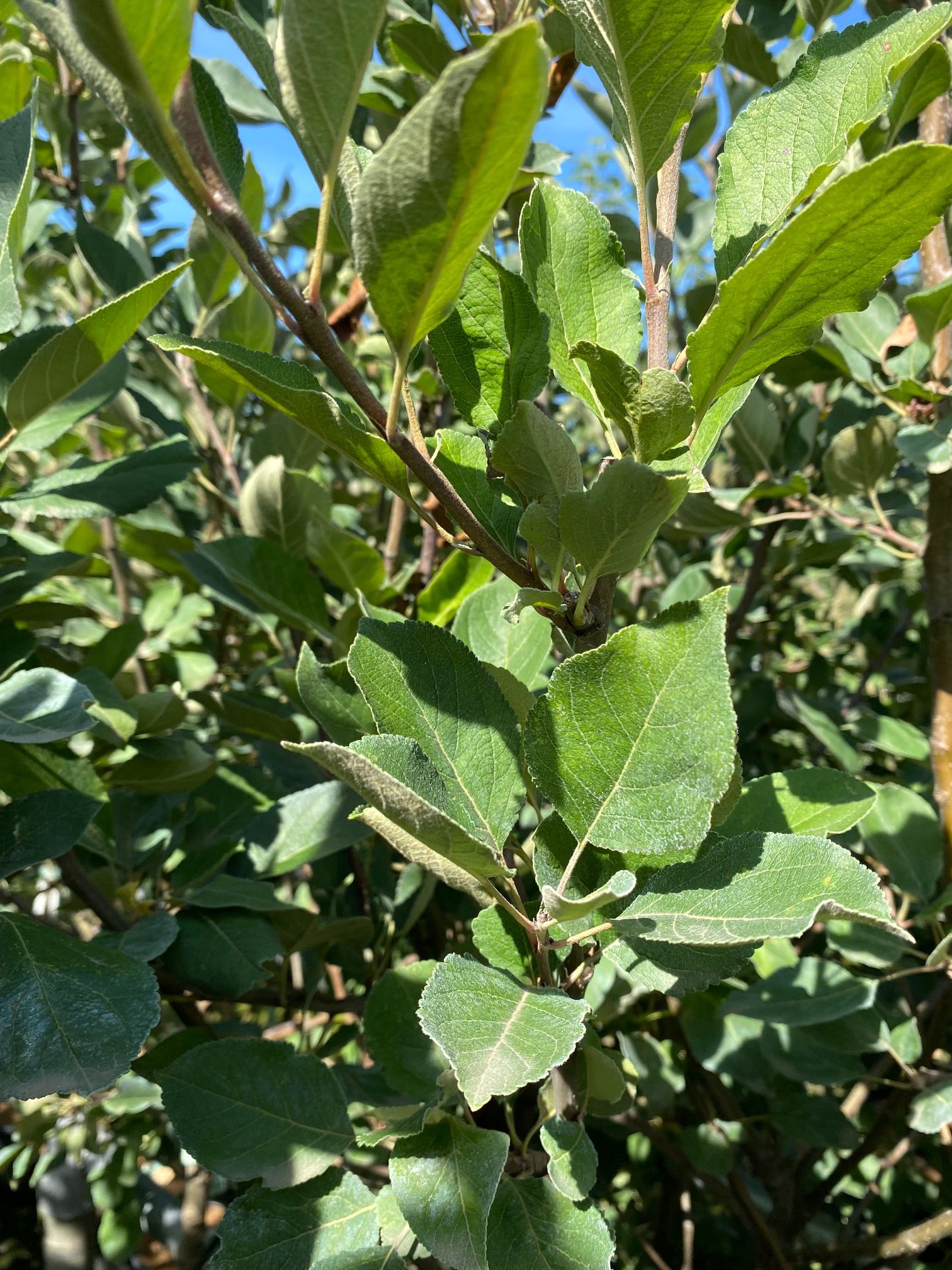
Appelboom Malus domestica 'James Grieve'
An investigation found 99 cases of abuse at a Doncaster home for vulnerable adults in 2010. One worker even ordered a Taser to use there. The care home company - Hesley - said improvements were.

Malus domestica
Search for advice details & tips on garden & indoor plants - RHS
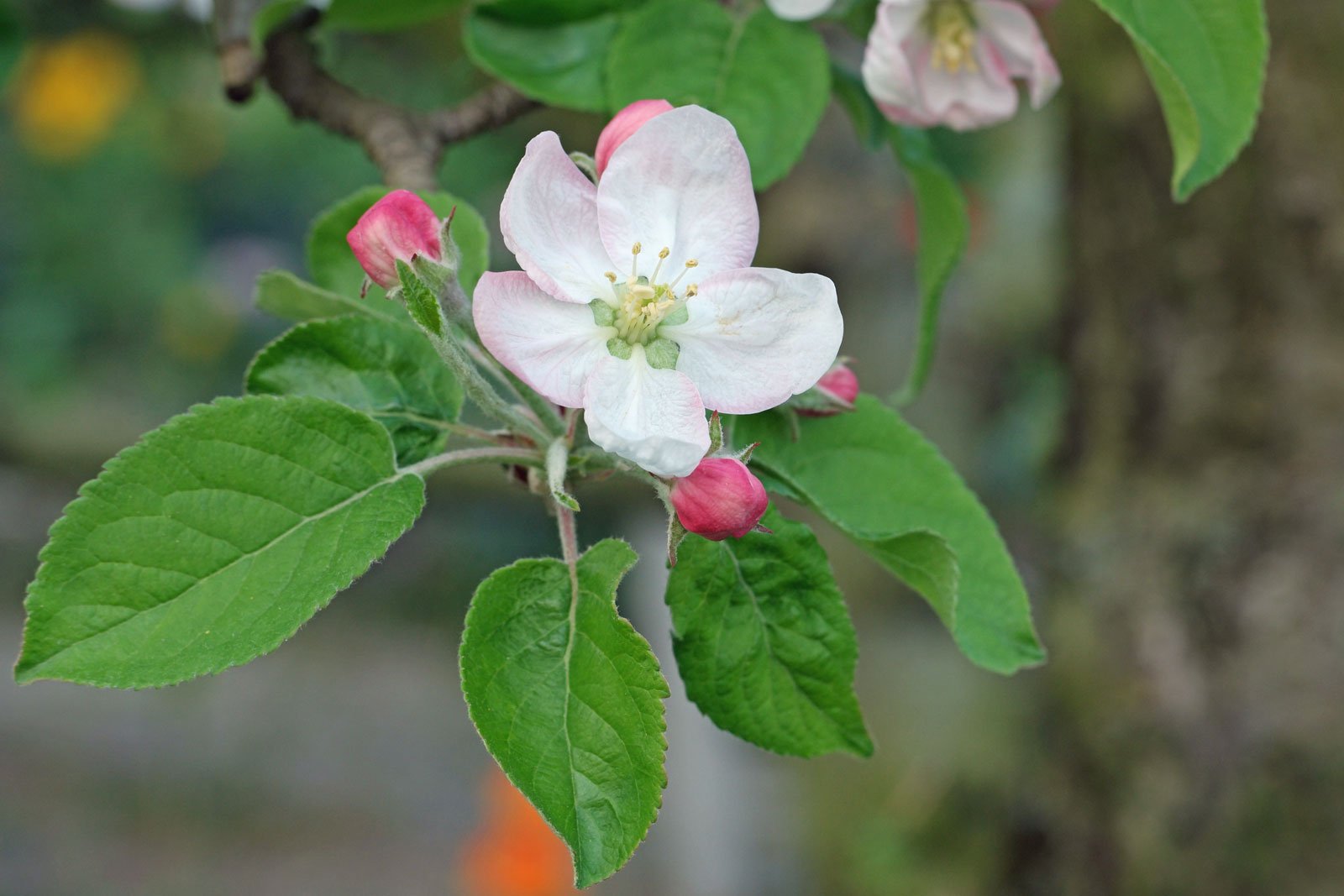
Malus domestica cv.
South West Wales Show. General and specialist support and advice about housing and homelessness, and help with household items and clothing.

Malus domestica Golden Delicious Zeelandplant
apple 'Bramley's Seedling'. A culinary apple that is vigorous and partially tip bearing. It can grow to 2.5-8m in height and width, depending on the rootstock. Pale pink flowers are followed by fruit that can be used from November to February.
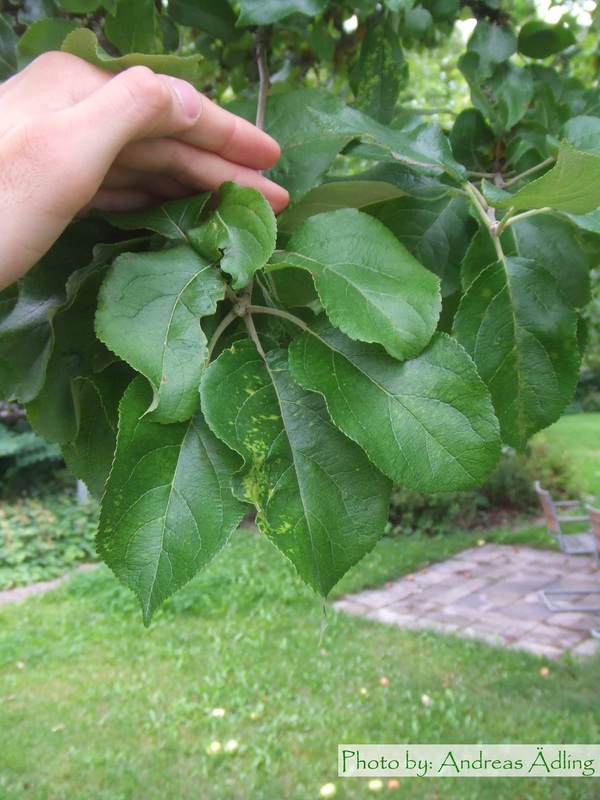
Malus domestica Äpple (Apel) Växtmaterial
56 Blomme (Prunus domestica) juli / august 51 Blåbær (Vaccinium myrtillus) blomstring 137 Broccoli (B. oleracea var. Italica Plenck) midterste blade v blomstring 188 Bøg (Fagus) blade 95 Bønne (Phaseolus vulgaris) blomstring 128 Chrysanthemum el. Syn. Dendranthema × grandiflorum) 5.- 6.
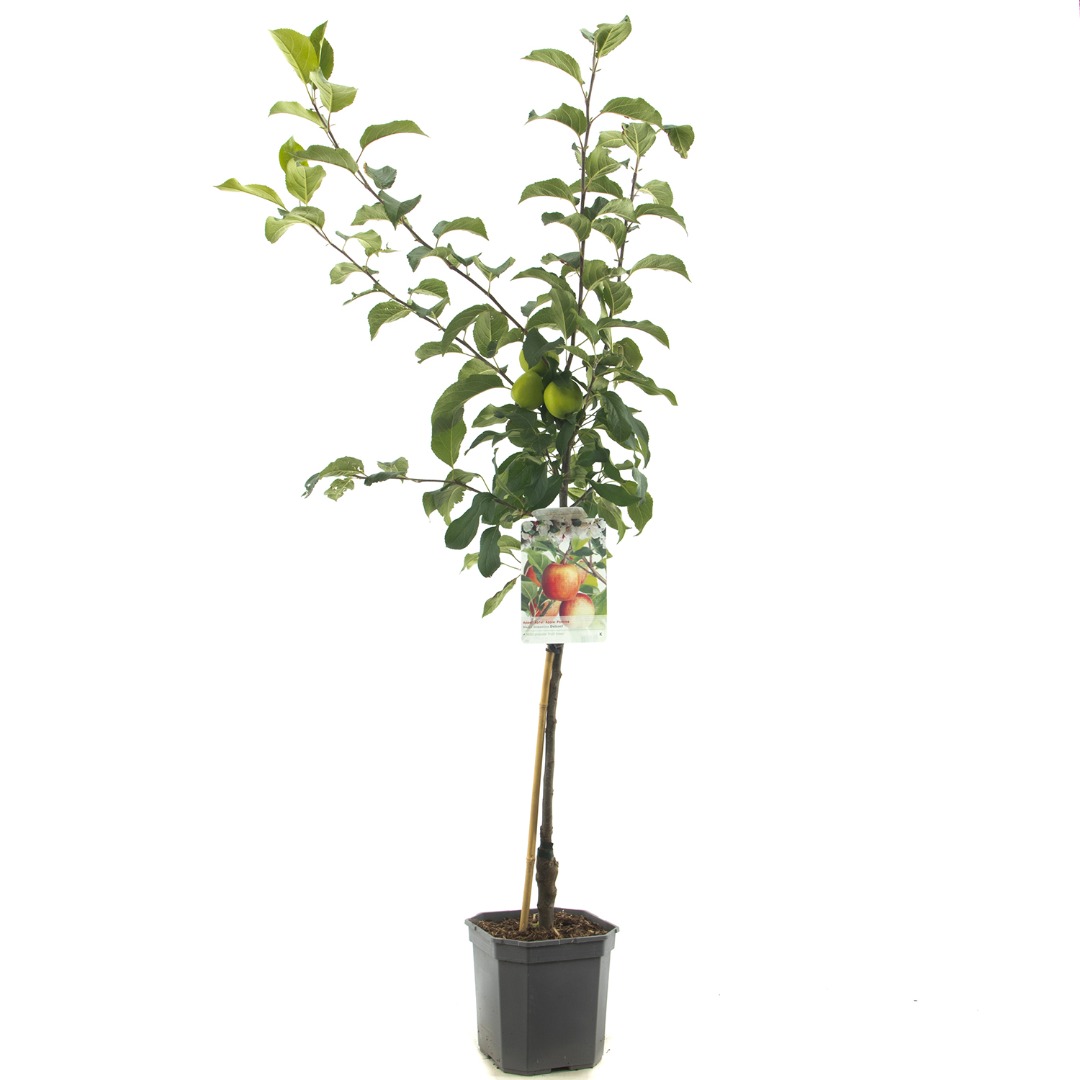
Malus domestica Delcorf oranjerode handappel Ø 24 cm Laagstambomen Fruitbomen en planten
Facts. This species is the common cultivated apple. Its hairy sepals wither, but persist on the base of the fruit. The blunt-toothed leaves are hairy beneath. The fruits, called pomes, are edible and widely consumed by insects, birds, insects, and people. The spreading crown produces abundant white-pink flowers in early spring.

Malus domestica (Apple, Apples) North Carolina Extension Gardener Plant Toolbox
Malus and wildlife. Malus is known for attracting bees, beneficial insects, birds, butterflies/moths and other pollinators. It is a caterpillar food plant, has nectar/pollen rich flowers, provides shelter and habitat, has seeds for birds and makes a good wildlife hedge. Bees. Beneficial insects.

Malus domestica (Apple, Apples) North Carolina Extension Gardener Plant Toolbox
Flora of China @ efloras.org. Source: [. 1. ]. Trees, 100-140 dm. Stems to 30 cm diam.; bark dark gray with platelike scales; young branches reddish orange and glabrous, becoming reddish brown; flowering shoots becoming spurs, 3-10 (-25) mm. Buds reddish brown, ovoid, 3-4 mm, scale margins tomentose. Leaves convolute in bud; isomorphic.
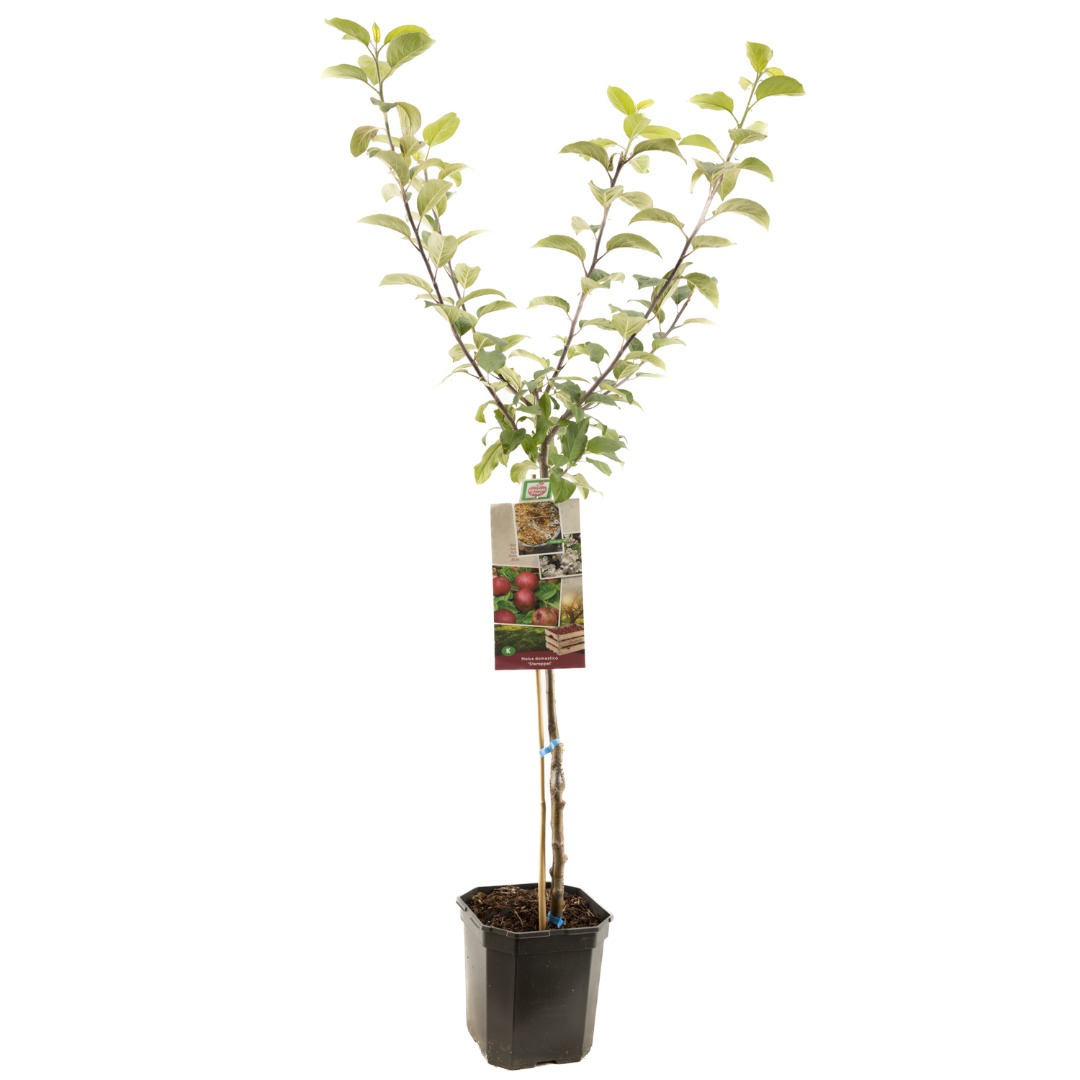
Malus domestica Sterappel rode handappel Ø 24 cm Laagstambomen Fruitbomen en planten
Malus sieversii is the most celebrated wild apple of Central Asia, forming a major part of the fruit forests in the Tian Shan, as well as occurring in other forest types. It is threatened by habitat loss and degradation; fruit forest now exists only as remnants (IUCN 2020; Juniper & Mabberley 2019).It is the primary progenitor of the cultivated apple, M. domestica, and apparently also of M.
FileApple blossom (Malus domestica) 08.JPG Wikimedia Commons
Trees, 20-100 (-150) dm. Stems 5-30 cm diam.; bark dark gray or gray-brown, scaly; young branches dark brown or reddish brown, densely tomentose, becoming glabrous; flowering shoots becoming spurs, 40-150 mm. Buds dark red or purple, ovoid, 3-4 (-5) mm, scale margins densely puberulous. Leaves convolute in bud; isomorphic; stipules.

Malus domestica (Apple, Apples) North Carolina Extension Gardener Plant Toolbox
Planting apples. Plant bare-root trees between November and March, and container-grown ones preferably in autumn, winter or spring. Dig a hole 60 x 60cm (2 x 2ft) and 30cm (12in) deep. Add a layer of organic matter - such as compost or well-rotted manure - to the base of the hole and dig in. Place the roots of the apple in the planting hole and.